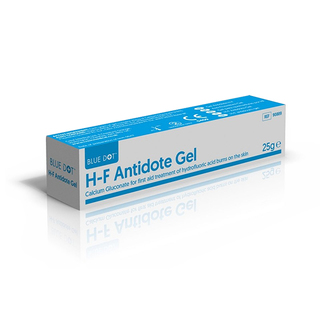

The original dye required potash, ferric sulfate, and dried cochineal. The pigment is believed to have been accidentally created when Diesbach used potash tainted with blood to create some red cochineal dye. ĢO) was probably synthesized for the first time by the paint maker Johann Jacob Diesbach in Berlin around 1706. Japanese painters and woodblock print artists, likewise, did not have access to a long-lasting blue pigment until they began to import Prussian blue from Europe. European painters had previously used a number of pigments such as indigo dye, smalt, and Tyrian purple, and the extremely expensive ultramarine made from lapis lazuli. Prussian blue pigment is significant since it was the first stable and relatively lightfast blue pigment to be widely used since the loss of knowledge regarding the synthesis of Egyptian blue. The Great Wave off Kanagawa by Hokusai, an artwork that makes extensive use of Prussian blue French chemist Joseph Louis Gay-Lussac gave cyanide its name, from the Ancient Greek word κύανος ( kyanos, 'blue'/'cyan'), because of its Prussian blue color. In German, hydrogen cyanide is called Blausäure ('blue acid'). Prussian blue lent its name to prussic acid (hydrogen cyanide) derived from it. It is on the World Health Organization's List of Essential Medicines, the most important medications needed in a basic health system. The therapy exploits the compound's ion-exchange properties and high affinity for certain " soft" metal cations. In medicine, orally administered Prussian blue is used as an antidote for certain kinds of heavy metal poisoning, e.g., by thallium(I) and radioactive isotopes of caesium. The pigment is used in paints, and it is the traditional "blue" in blueprints, and became prominent in 19th-century aizuri-e ( 藍摺り絵) Japanese woodblock prints. It contains variable amounts of other ions and its appearance depends sensitively on the size of the colloidal particles. It is prepared as a very fine colloidal dispersion, because the compound is not soluble in water. Prussian blue was the first modern synthetic pigment. Turnbull's blue is chemically identical, but is made from different reagents, and its slightly different color stems from different impurities and particle sizes. 2.Prussian blue (also known as Berlin blue, Brandenburg blue or, in painting, Parisian or Paris blue) is a dark blue pigment produced by oxidation of ferrous ferrocyanide salts. Web.ġ896 'PRUSSIC ACID AND CHLOROFORM AS ANTIDOTES TO EACH OTHER.', Daily Telegraph (Launceston, Tas. "PRUSSIC ACID AND CHLOROFORM AS ANTIDOTES TO EACH OTHER." Daily Telegraph (Launceston, Tas. PRUSSIC ACID AND CHLOROFORM AS ANTIDOTES TO EACH OTHER. Article identifier Page identifier APA citation


 0 kommentar(er)
0 kommentar(er)
